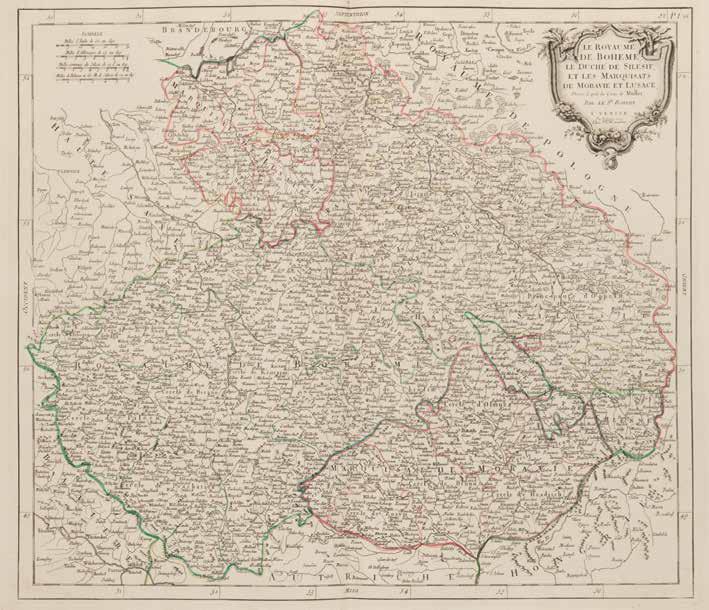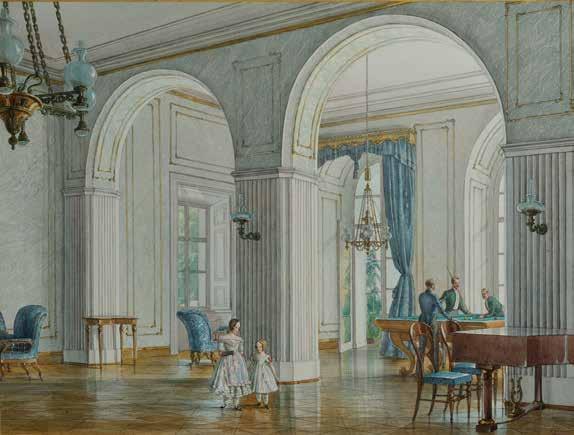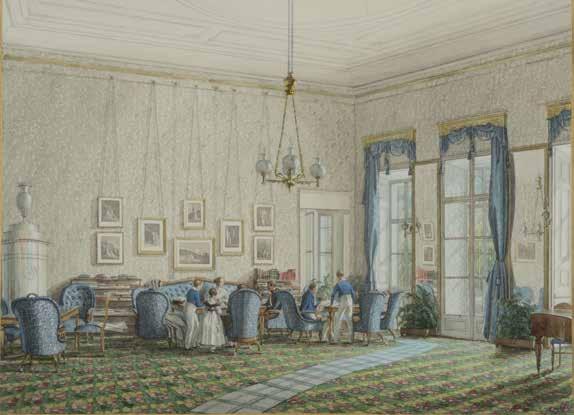1
Lobkowicz Musical Life in the Late Renaissance and Baroque Eras
From the period of the Renaissance, Bohemian aristocracy demonstrated a decided affinity for music. Musical training in that era, including theoretical studies as well as practical lessons in the playing of musical instruments, grew increasingly commonplace in the formal education of young noblemen and women. This trend was due in part to ‘cavalier travels’, the voyages of aristocratic young men that usually concluded their formal tutelage. During such tours, Bohemian noblemen encountered the intellectually stimulating milieu of European courts, which employed the most distinguished composers and musicians of the day. Also influential was the humanistic view that music, by cultivating eloquent expression, could play a valuable role in developing intelligent and moral citizens. In this regard the Florentine Camerata, a group of aristocrats and artists of the late Renaissance who employed music to elevate the declamation of dramatic texts, offered a potent exemplar. Such novel vocal experimentation provided a compelling alternative to traditional Renaissance polyphony and engendered the development of a new musical form – opera. At the same time, technological innovations that improved musical instruments led to a new flowering of instrumental music, which for the first time became equal in status to vocal music. Zdeněk Vojtěch Popel, 1st Prince Lobkowicz, and his wife Polyxena (b. Pernštejn), who founded the Roudnice line of the Lobkowicz family, witnessed the birth of this new musical era. As connoisseurs of art and music and thanks to their close affiliations
Eisenberg Melnik Raudnitz
Prag
Map showing Lobkowicz territories in Bohemia, with the Roudnice family line situated in Prag, Raudnitz and Eisenberg ; and the Mělník line based in Prag and Melnik. Map by Gilles Robert de Vaugondy, printed in Venice (1777). The Lobkowicz Collections
10
| THE LOBKOWICZ COLLECTIONS MUSIC SERIES: HIGHLIGHTS
LOBKOWICZ MUSICAL LIFE IN THE LATE RENAISSANCE AND BAROQUE ERAS |
11





